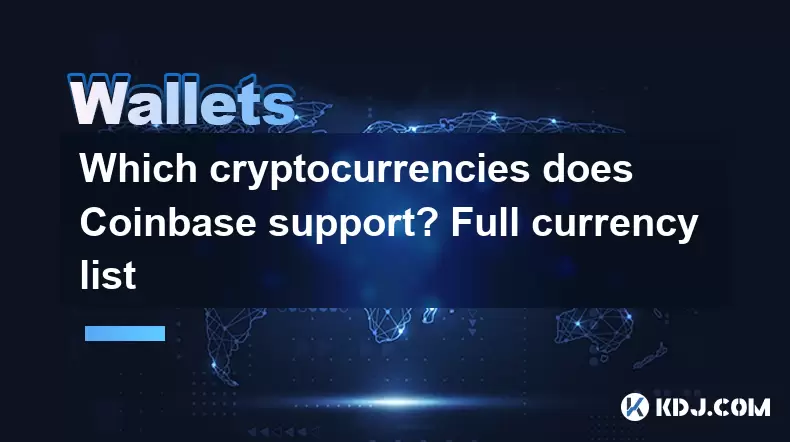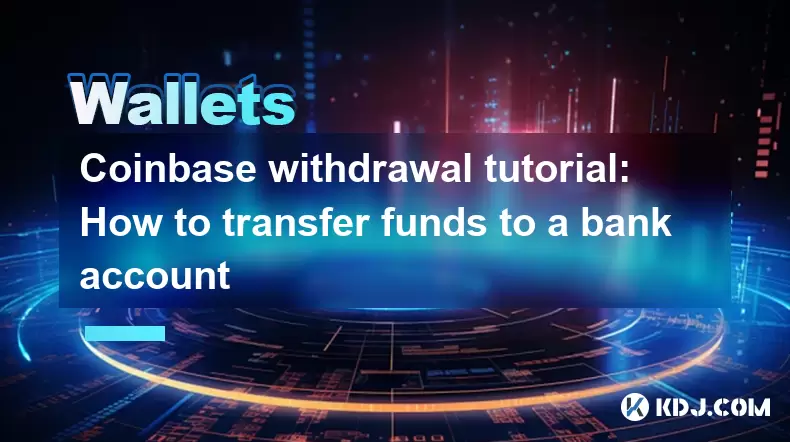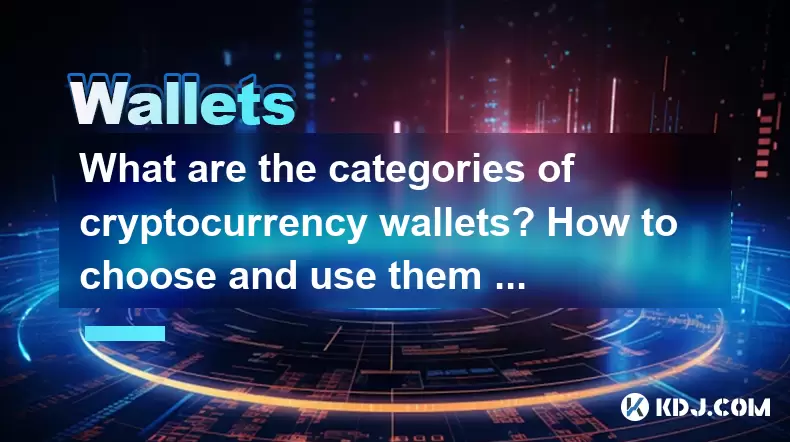-
 Bitcoin
Bitcoin $107,352.1067
0.28% -
 Ethereum
Ethereum $2,429.3531
-0.90% -
 Tether USDt
Tether USDt $1.0001
-0.02% -
 XRP
XRP $2.1894
4.62% -
 BNB
BNB $646.7968
0.36% -
 Solana
Solana $147.4290
4.03% -
 USDC
USDC $0.9998
-0.02% -
 TRON
TRON $0.2756
1.52% -
 Dogecoin
Dogecoin $0.1630
1.14% -
 Cardano
Cardano $0.5612
1.18% -
 Hyperliquid
Hyperliquid $37.0580
-0.05% -
 Bitcoin Cash
Bitcoin Cash $496.9410
-0.09% -
 Sui
Sui $2.7318
3.19% -
 Chainlink
Chainlink $13.1503
0.58% -
 UNUS SED LEO
UNUS SED LEO $9.0766
0.55% -
 Avalanche
Avalanche $17.7220
1.46% -
 Stellar
Stellar $0.2380
1.52% -
 Toncoin
Toncoin $2.8439
0.38% -
 Shiba Inu
Shiba Inu $0.0...01143
1.84% -
 Litecoin
Litecoin $85.8053
1.47% -
 Hedera
Hedera $0.1483
2.70% -
 Monero
Monero $314.3240
2.12% -
 Bitget Token
Bitget Token $4.6725
0.77% -
 Dai
Dai $1.0000
0.00% -
 Polkadot
Polkadot $3.3555
1.28% -
 Ethena USDe
Ethena USDe $1.0001
0.02% -
 Uniswap
Uniswap $7.0890
2.64% -
 Pi
Pi $0.5355
-3.40% -
 Pepe
Pepe $0.0...09393
1.06% -
 Aave
Aave $256.8136
-1.90%
Coinbase advanced trading function usage tutorial: limit orders and market orders
Market orders execute instantly at the current price, while limit orders let you set a specific price for buying or selling crypto on Coinbase.
Jun 28, 2025 at 09:07 pm

Understanding the Difference Between Limit Orders and Market Orders
When using Coinbase's advanced trading features, it is crucial to understand the fundamental difference between limit orders and market orders. A market order executes immediately at the best available price on the market. This type of order ensures that your trade goes through quickly, but you may not get the exact price you expected, especially in a volatile market. On the other hand, a limit order allows you to specify the maximum or minimum price at which you are willing to buy or sell a cryptocurrency. This gives you more control over the execution price, although there's no guarantee that the order will be filled.
How to Place a Market Order on Coinbase
To execute a market order on Coinbase, follow these steps:
- Log into your Coinbase account and navigate to the trading view for the cryptocurrency pair you're interested in.
- Select the "Trade" tab and choose either "Buy" or "Sell" depending on your intent.
- Under the order type section, ensure "Market Order" is selected.
- Enter the amount of cryptocurrency you wish to trade or input the fiat value if you're buying.
- Review the transaction details carefully, including the estimated cost and fees.
- Click "Buy [Cryptocurrency Name]" or "Sell [Cryptocurrency Name]" to complete the trade.
This method is ideal when speed is more important than price precision.
Setting Up a Limit Order on Coinbase
If you want to set specific conditions for your trade, using a limit order is the right choice. Here’s how to place one:
- Access the trading interface for your desired cryptocurrency pair.
- Choose "Limit Order" under the order type options.
- Input the amount of crypto you want to trade and set your target price.
- Optionally, set an expiration time for the order (e.g., GTC — Good Till Cancelled).
- Double-check all fields before confirming the trade.
- Click "Place Order" to submit your limit order to the market.
Your order will only execute if the market reaches your specified price or better.
Advanced Settings: Stop-Limit Orders and Post-Only Options
Coinbase also offers additional tools such as stop-limit orders and post-only settings for users looking to enhance their trading strategy. A stop-limit order combines elements of both stop orders and limit orders. You can use it to trigger a limit order once a certain price (the stop price) is reached. This helps manage risk by automatically entering or exiting trades based on predefined conditions.
To use a stop-limit order:
- Navigate to the order form and select "Stop-Limit" as the order type.
- Set the stop price, which activates the order.
- Define the limit price, which determines the execution price after activation.
- Enter the amount and confirm the order.
The post-only option ensures that your limit order doesn’t get executed immediately against existing orders. It guarantees that your order will only add liquidity to the market.
Monitoring and Managing Active Orders
After placing any order on Coinbase, it's essential to monitor its status. To do this:
- Go to the "Orders" section within the trading interface.
- Locate the "Open Orders" tab to see all active trades.
- You can cancel or modify limit orders from this screen.
- For filled orders, check the "Order History" or "Trade History" sections for confirmation details.
You can also set up email or app notifications to receive alerts when your orders are filled or canceled.
Tips for Choosing Between Limit and Market Orders
Deciding whether to use a limit order or a market order depends on your trading goals and market conditions. If you're entering a fast-moving market where immediate execution is critical, a market order makes sense. However, if you’re aiming for a specific entry or exit point to maximize profit or minimize loss, a limit order provides better control. In highly liquid markets, the price difference between the two order types might be negligible, but in less liquid or volatile markets, the difference can be significant.
Additionally, consider using conditional orders like stop-limit orders to automate your trading strategy and reduce emotional decision-making. Always review the fee structure associated with each order type, as maker and taker fees can vary depending on whether your order adds or removes liquidity.
Frequently Asked Questions
Q: What happens if my limit order doesn't get filled?
A: If your limit order does not meet the market price, it will remain open until the set expiration date or until you manually cancel it. You can adjust the price or quantity to increase the likelihood of execution.
Q: Can I edit a market order after placing it?
A: No, market orders cannot be edited once placed because they execute instantly at the current market price. You can only cancel or replace them if they haven’t already been filled.
Q: Why did my limit order get partially filled?
A: A partial fill occurs when only part of your order meets the required price conditions. The remaining portion stays open until matched or canceled.
Q: How do I know if my order was executed as a maker or taker?
A: You can check your transaction history or trade details in your Coinbase account. Maker orders contribute liquidity (limit orders not executed immediately), while taker orders remove liquidity (market orders or limit orders that match existing ones).
Disclaimer:info@kdj.com
The information provided is not trading advice. kdj.com does not assume any responsibility for any investments made based on the information provided in this article. Cryptocurrencies are highly volatile and it is highly recommended that you invest with caution after thorough research!
If you believe that the content used on this website infringes your copyright, please contact us immediately (info@kdj.com) and we will delete it promptly.
- Crypto's First Principles: Are Returns Still Rooted in Fairness?
- 2025-06-28 22:30:12
- Kaspa (KAS) Price Prediction 2025: Will It Hit $1?
- 2025-06-28 22:50:12
- A16Z Dumps $COMP on Coinbase: Liquidation or Rebalancing?
- 2025-06-28 22:30:12
- KraneShares, Coinbase, and Digital Assets: A New Era for Institutional Crypto?
- 2025-06-28 23:07:14
- Bitcoin Solaris: Mobile Mining Revolution & Beyond!
- 2025-06-28 22:35:13
- Wormhole, Ripple, Risky Gaps: Navigating the Interoperability Landscape
- 2025-06-28 23:30:12
Related knowledge

How to stake cryptocurrencies on Coinbase? Benefits and risks
Jun 27,2025 at 06:36pm
Understanding Cryptocurrency Staking on CoinbaseStaking cryptocurrencies involves locking up digital assets to support the operations of a blockchain network, typically in return for rewards. Coinbase, one of the most popular cryptocurrency exchanges globally, offers staking services for several proof-of-stake (PoS) coins. Users can stake their holdings...

How to contact Coinbase customer service? Support channels and response times
Jun 28,2025 at 01:29pm
Contacting Coinbase Customer Service: Support Channels and Response TimesIf you're a user of Coinbase, reaching their customer service team may become necessary for various reasons, such as account verification issues, transaction disputes, or technical difficulties. Understanding the different support channels available and what to expect in terms of r...

Coinbase advanced trading function usage tutorial: limit orders and market orders
Jun 28,2025 at 09:07pm
Understanding the Difference Between Limit Orders and Market OrdersWhen using Coinbase's advanced trading features, it is crucial to understand the fundamental difference between limit orders and market orders. A market order executes immediately at the best available price on the market. This type of order ensures that your trade goes through quickly, ...

Which cryptocurrencies does Coinbase support? Full currency list
Jun 28,2025 at 08:36am
Overview of Cryptocurrencies Supported by CoinbaseCoinbase is one of the most popular and trusted cryptocurrency exchanges globally. It provides users with a platform to buy, sell, trade, and store various digital assets. As of the latest updates, Coinbase supports over 200 cryptocurrencies, including major ones like Bitcoin (BTC), Ethereum (ETH), and L...

Coinbase withdrawal tutorial: How to transfer funds to a bank account
Jun 28,2025 at 02:35am
Understanding Coinbase WithdrawalsCoinbase is one of the most widely used cryptocurrency platforms, allowing users to buy, sell, and store digital assets. Once you've successfully traded or held your crypto on Coinbase, the next logical step may be to withdraw funds to a bank account. This process involves converting your cryptocurrency into fiat curren...

What are the categories of cryptocurrency wallets? How to choose and use them safely?
Jun 21,2025 at 10:42pm
Understanding Cryptocurrency WalletsCryptocurrency wallets are essential tools for anyone involved in the digital asset ecosystem. They allow users to store, send, and receive cryptocurrencies securely. Unlike traditional wallets that hold physical money, crypto wallets manage cryptographic keys—private and public—which interact with blockchain networks...

How to stake cryptocurrencies on Coinbase? Benefits and risks
Jun 27,2025 at 06:36pm
Understanding Cryptocurrency Staking on CoinbaseStaking cryptocurrencies involves locking up digital assets to support the operations of a blockchain network, typically in return for rewards. Coinbase, one of the most popular cryptocurrency exchanges globally, offers staking services for several proof-of-stake (PoS) coins. Users can stake their holdings...

How to contact Coinbase customer service? Support channels and response times
Jun 28,2025 at 01:29pm
Contacting Coinbase Customer Service: Support Channels and Response TimesIf you're a user of Coinbase, reaching their customer service team may become necessary for various reasons, such as account verification issues, transaction disputes, or technical difficulties. Understanding the different support channels available and what to expect in terms of r...

Coinbase advanced trading function usage tutorial: limit orders and market orders
Jun 28,2025 at 09:07pm
Understanding the Difference Between Limit Orders and Market OrdersWhen using Coinbase's advanced trading features, it is crucial to understand the fundamental difference between limit orders and market orders. A market order executes immediately at the best available price on the market. This type of order ensures that your trade goes through quickly, ...

Which cryptocurrencies does Coinbase support? Full currency list
Jun 28,2025 at 08:36am
Overview of Cryptocurrencies Supported by CoinbaseCoinbase is one of the most popular and trusted cryptocurrency exchanges globally. It provides users with a platform to buy, sell, trade, and store various digital assets. As of the latest updates, Coinbase supports over 200 cryptocurrencies, including major ones like Bitcoin (BTC), Ethereum (ETH), and L...

Coinbase withdrawal tutorial: How to transfer funds to a bank account
Jun 28,2025 at 02:35am
Understanding Coinbase WithdrawalsCoinbase is one of the most widely used cryptocurrency platforms, allowing users to buy, sell, and store digital assets. Once you've successfully traded or held your crypto on Coinbase, the next logical step may be to withdraw funds to a bank account. This process involves converting your cryptocurrency into fiat curren...

What are the categories of cryptocurrency wallets? How to choose and use them safely?
Jun 21,2025 at 10:42pm
Understanding Cryptocurrency WalletsCryptocurrency wallets are essential tools for anyone involved in the digital asset ecosystem. They allow users to store, send, and receive cryptocurrencies securely. Unlike traditional wallets that hold physical money, crypto wallets manage cryptographic keys—private and public—which interact with blockchain networks...
See all articles
























































































